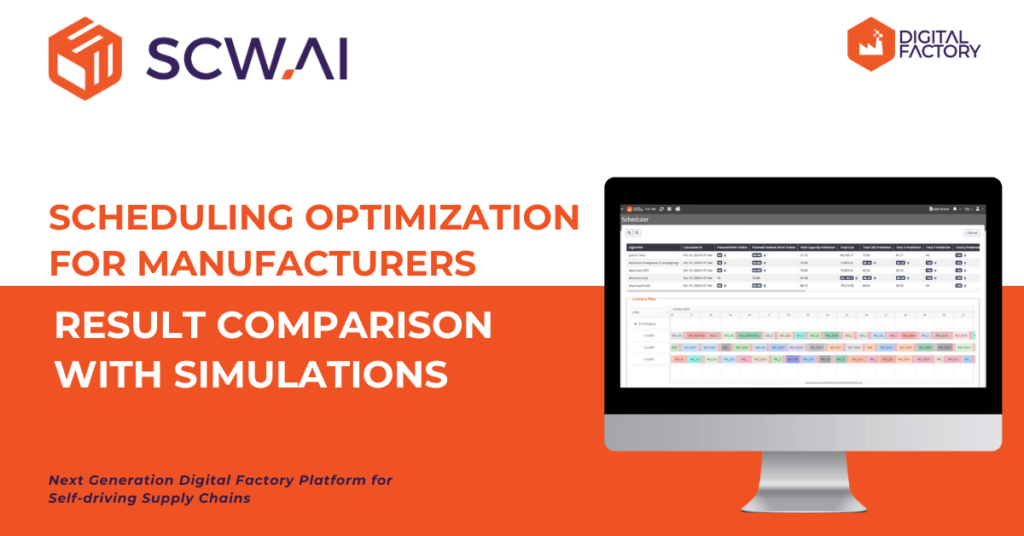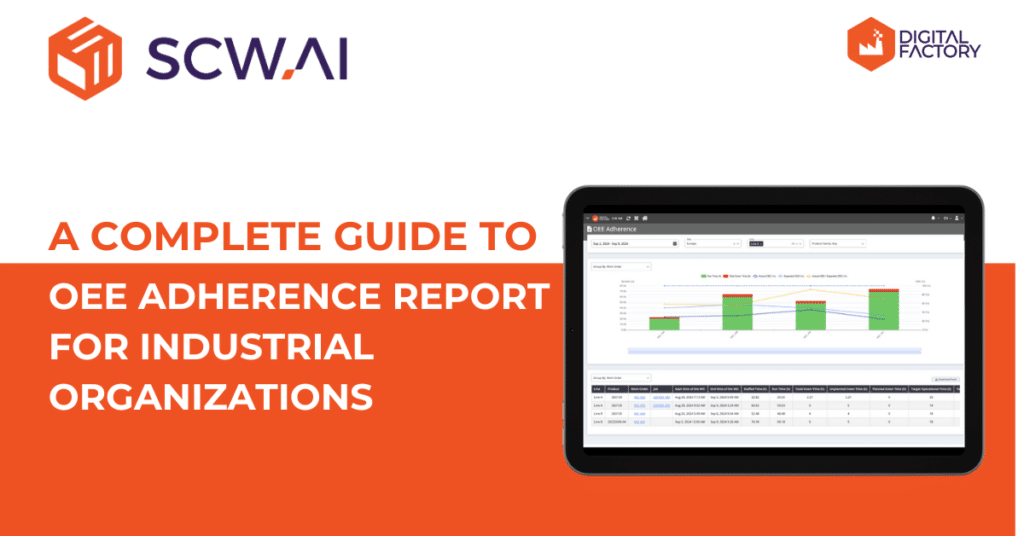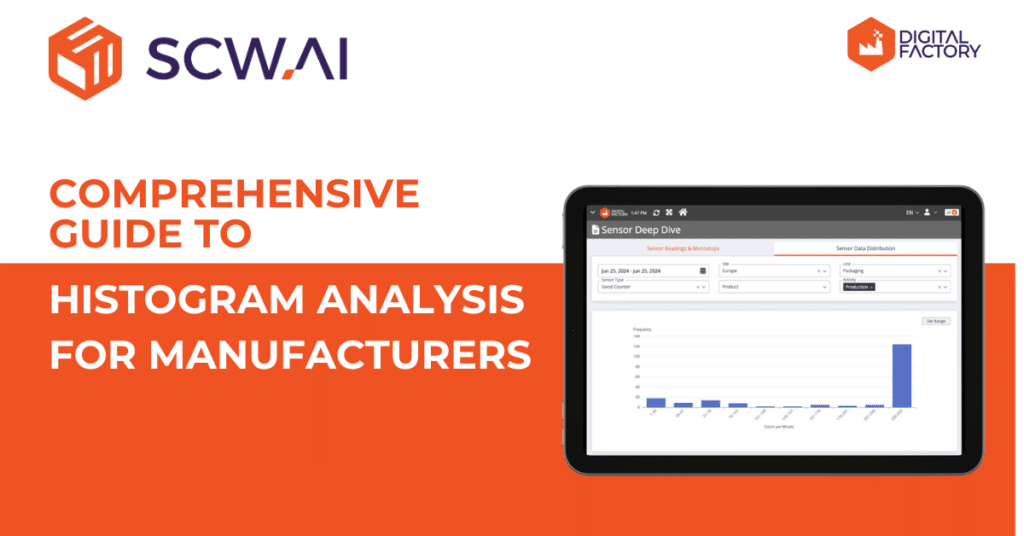
Micro-stops constitute a significant portion of performance losses for manufacturers, accounting for up to one-third of planned run time and causing notable reductions in net run time. These micro-stops contribute to:
- Lower Overall Equipment Effectiveness (OEE)
- Increased production costs
- And decreased throughput.
Effectively addressing micro-stops requires manufacturing managers to access real-time data that highlights which production lines are affected by short-stops. This information empowers managers to identify bottlenecks and implement strategies to minimize the impact of production disruptions. SCW.AI facilitates micro-stop analysis by providing specific metrics through OEE Deep Dive and OEE Waterfall Analysis reports. This article introduces the definition of and reasons behind micro-stops, along with insights into the use cases of our Micro-Stop Analysis for manufacturing executives to maximize their net production time.

What is a Micro-Stop?
Micro-stops, also known as minor-stops, short-stops, or small-stops, are brief interruptions in the production process that last for a short duration, typically just a few minutes or even seconds. Operators often adjust and solve micro-stops without a major intervention.
While the duration of a single micro-stop may be negligible, their cumulative impact becomes a significant disruption to production. Micro-stops are often chronic, meaning the same reasons can be the root cause of various problems for any production day. Therefore, micro-stop analysis is critical and helps companies identify and address repeated mistakes, leading to enhanced operational efficiency.
However, many manufacturers lack comprehensive data on their micro-stops. Some manufacturers consider micro-stops negligible, while others lack the digital tools needed to collect accurate data on these short-stops. However, in some cases, micro-stops can disrupt production as much as changeover or other major reasons for downtime.
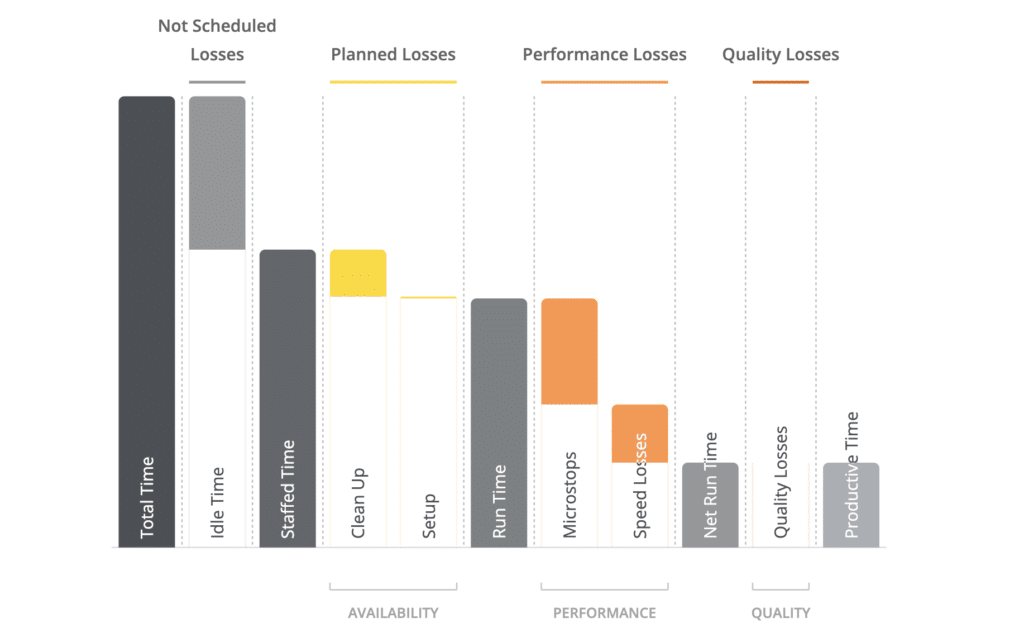
Top 5 Reasons of Micro-Stops for Manufacturers
Here are the top five reasons why micro-stops occur:
1. Equipment Failure
Whether due to aging components, lack of maintenance, or unforeseen malfunctions, equipment failure is a leading cause of micro-stops. Regular equipment inspections and preventive/predictive maintenance are essential to mitigate this risk.
2. Operator Mistakes
Human error is an inevitable aspect of any industry. From misconfigurations and incorrect settings to misjudgments and oversights, operator mistakes can bring production to a momentary standstill. Continuous training and the implementation of error-proofing mechanisms can help minimize these occurrences.
3. Poor Material Handling
Efficient material flow is integral to smooth manufacturing processes. Issues such as misplacement, mishandling, or delays in material transportation can lead to micro-stops. Implementing streamlined material handling protocols and investing in automation can alleviate these challenges.
4. Environmental Factors
Manufacturers are not immune to the influence of external conditions. Environmental factors like temperature fluctuations, humidity, and airborne contaminants can impact machinery and lead to unexpected pauses in production. Climate-controlled environments and robust facility designs can help counteract these challenges.
5. Temporary Power Cuts
A momentary loss of power can have cascading effects on manufacturing lines. Temporary power cuts, whether caused by grid issues or internal electrical issues, can result in micro-stops. Installing backup power systems and surge protection measures can provide a safety net during such instances.
3 Ways to Maximize Your Net Run Time with SCW.AI’s Micro-Stop Analysis & Digital Factory Solutions
SCW.AI’s Digital Factory Solutions are valuable tools that enable managers to reduce small-stops. Managers can access line-by-line micro-stop data, providing insights into which lines and work orders are affected by these interruptions by utilizing these tools.
Once managers identify underperforming lines with frequent micro-stops, they can delve into the root causes of these interruptions and implement strategies to mitigate them. SCW.AI’s Digital Factory tools prove instrumental in this process by offering real-time end-to-end production tracking on equipment, labor, and environmental factors through user-friendly dashboards.

Here are three impactful strategies to maximize net run time using our products:
1. Boost Equipment Performance with Predictive Maintenance
While inspecting micro-stops, executives might initially suspect ineffective equipment performance to be the root cause of these momentary production stops. Yet, to assess current or potential equipment breakdowns, they must leverage metrics like Mean Time to Failure, Mean Time to Repair, and Mean Time Between Failures. SCW.AI’s Maintenance Performance Report provides these metrics with accurate equipment condition prediction, enabling managers to proactively minimize unplanned downtime and improve overall equipment performance.
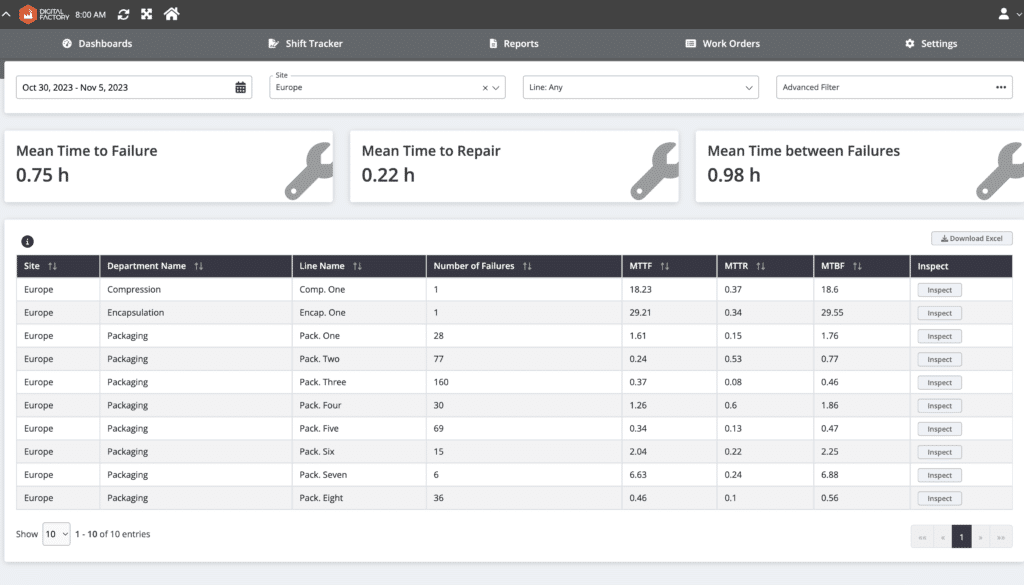
2. Continuous Development of Labor Skills via Targeted Trainings
In the quest for operational efficiency, analysis of the human factor is paramount. SCW.AI’s Site View and Labor Tracker extends beyond machinery, allowing managers to track employee check-ins to specific production lines. This data unveils a comprehensive picture of labor performance, spotlighting individuals or teams associated with higher micro-stops. Armed with this insight, managers can tailor training programs to address specific needs, ensuring that the workforce is equipped to navigate challenges seamlessly. Such a proactive strategy also allows continuous improvement for operations as well as workers.

Digital twin technology can assist manufacturers in this endeavor. To learn more about digital twin technology, you can read our Digital Twin in Manufacturing: Turn Data into Knowledge article.
3. Assessing Environmental Factors for Proactive Precautions
The impact of environmental factors on micro-stops is undeniable. SCW.AI’s IoT tools provide a holistic view of the factory environment, offering real-time information on:
- Humidity
- Temperature
- Electricity and more.
With this knowledge in hand, managers can take precautions to minimize the adverse effects of environmental conditions on production. Whether it is optimizing climate control or implementing targeted interventions, staying ahead of environmental challenges becomes a tangible reality.
To delve into the Micro-Stop Analysis & OEE Tracker and discover the capabilities of the Digital Factory Platform, book a demo with us now!
For your further questions regarding micro stops and its places for OEE calculation you can contact us.
